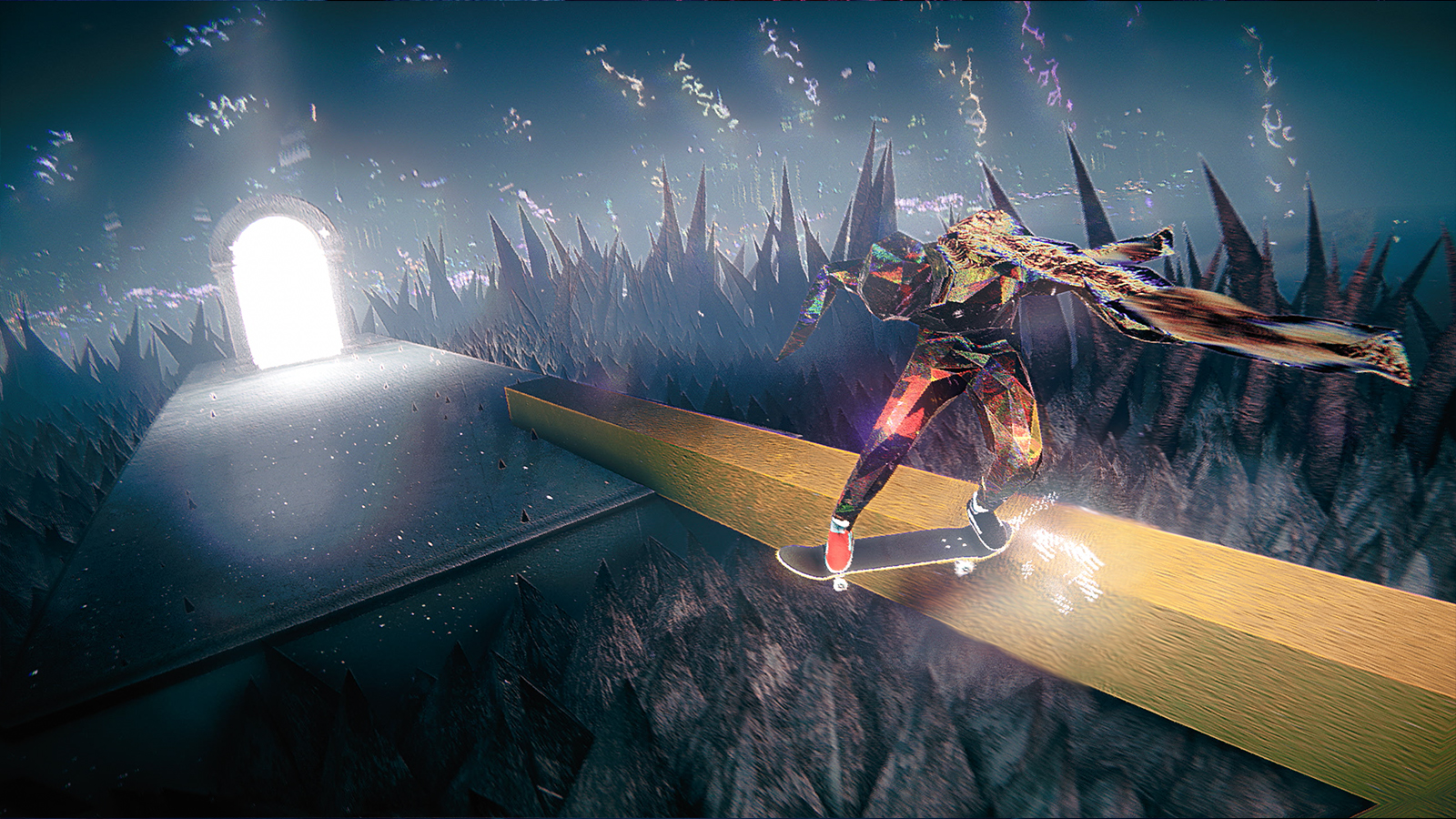Maya tips: How to make simple models look like clay
For all of you Maya artists out there, check out these top tips on how to use the 3D software package to create assets that look like clay.
Senior pipeline TD at Sony Pictures Imageworks Firat Enderoglu says...
To make a model look like clay you need to work on lighting, shading and the model itself. You have to find a good balance of model detail and displacements, and have materials and lights that support the look.
- Don't forget to check out our Maya 2013 review
Although you can try to add detail to your models by hand to make it look hand-sculpted, using procedural shaders can save you time and produce a great result.
01. Add base detail
First of all, a great way to add some imperfections to your model is to use Maya's Mesh > Sculpt Geometry Tool. Have the toolbox open while you're using this tool: you'll want to make adjustments to the values as you work.
First select the Push mode and start adding random strokes to your model; make sure they aren't too deep by adjusting the Max displacement value. You don't want to put holes in the model; you just want to make it look 'not so smooth'.
02. Set up displacement
Once you've made the rough adjustments, select the model's existing material in the Hypershade, then add a Solid Fractal to Shading Group Attributes rollout > Displacement mat. Select the place3dtexture node in the Work Area: in the Attribute Editor, click Fit to Group BBox.
This way, the fractal will be sized correctly to your model. Ensure that your model has correctly laid out UVs. The depth of the displacement can be controlled by the Solid Fractal's Alpha Gain and Alpha Offset attributes in the Colour Balance rollout.
03. Render it
You can now render the scene and start getting results. It will take some time to get the displacement working right. You can try to smooth the model if you are getting sharp edges. Having soft shadows will also help with the look.
Daily design news, reviews, how-tos and more, as picked by the editors.
After this point, it will be a case of going back and forth and making adjustments to either your shader or your base model to get it looking the way you want. One additional function that might help is Maya's Modify > Convert > Displacement to Polygons.
And that's it for now! Did you find this useful? Let us know your thoughts in the comments box below.
This feature was originally published in 3D World issue 136

The Creative Bloq team is made up of a group of art and design enthusiasts, and has changed and evolved since Creative Bloq began back in 2012. The current website team consists of eight full-time members of staff: Editor Georgia Coggan, Deputy Editor Rosie Hilder, Ecommerce Editor Beren Neale, Senior News Editor Daniel Piper, Editor, Digital Art and 3D Ian Dean, Tech Reviews Editor Erlingur Einarsson, Ecommerce Writer Beth Nicholls and Staff Writer Natalie Fear, as well as a roster of freelancers from around the world. The ImagineFX magazine team also pitch in, ensuring that content from leading digital art publication ImagineFX is represented on Creative Bloq.
